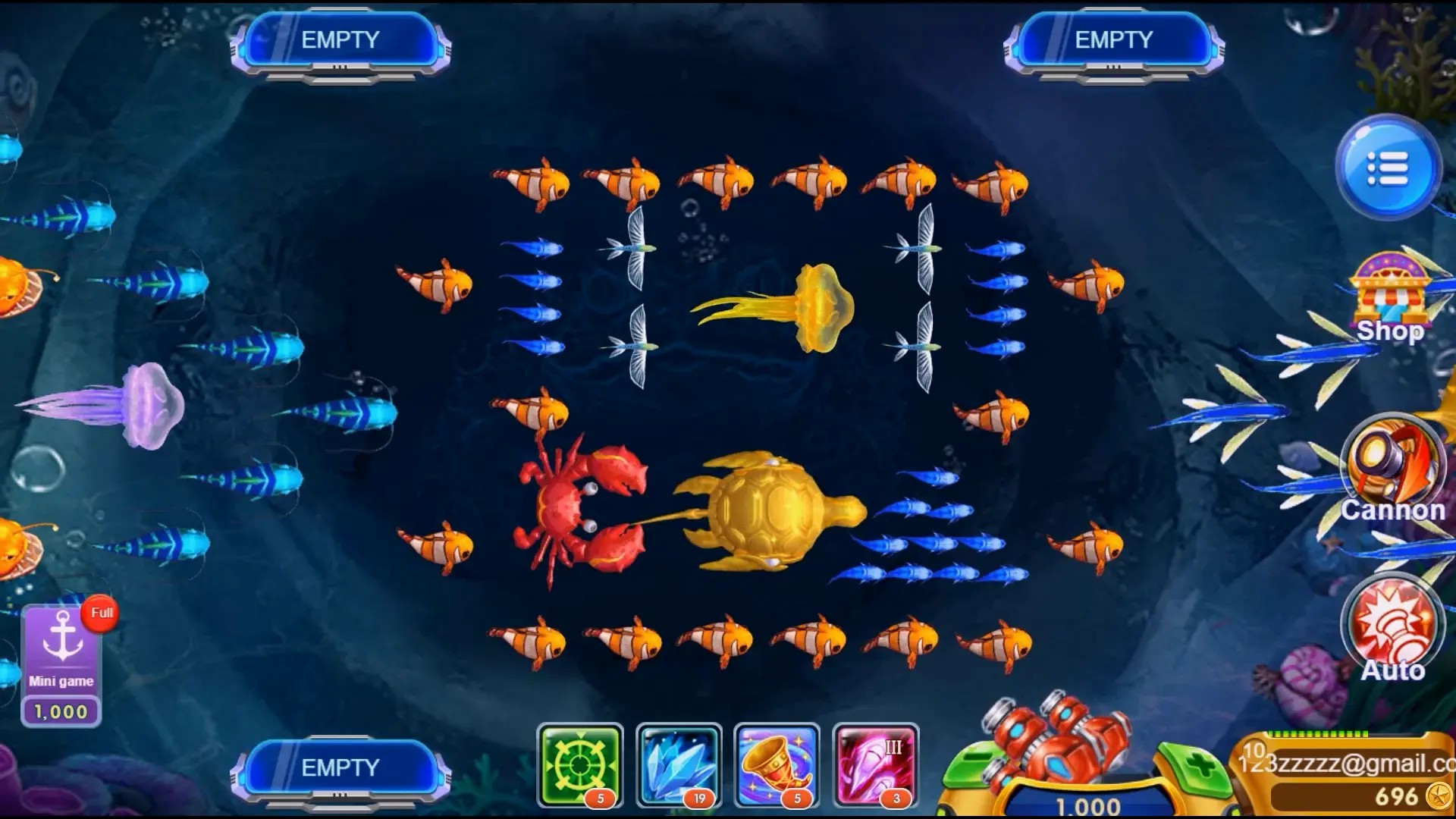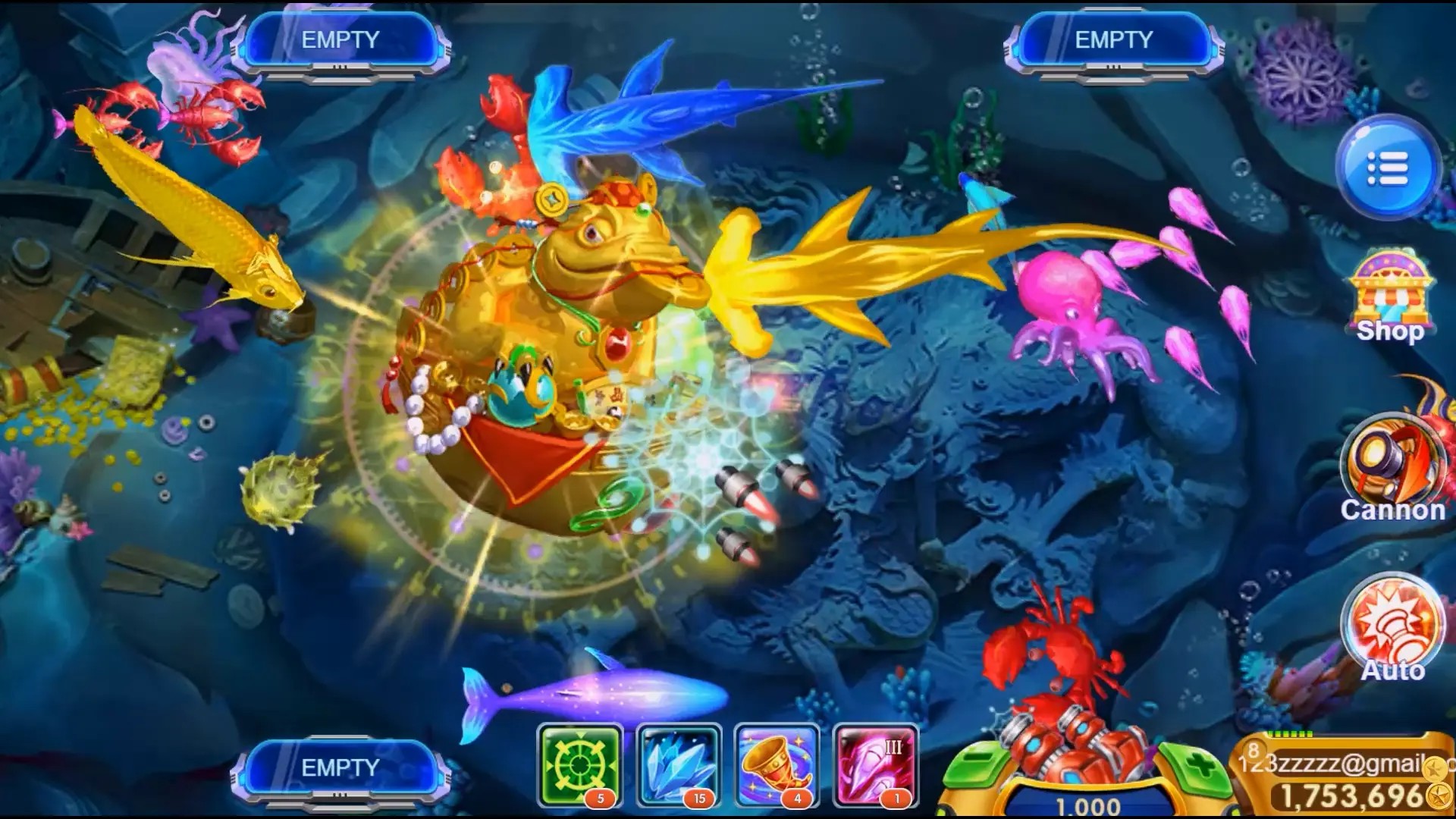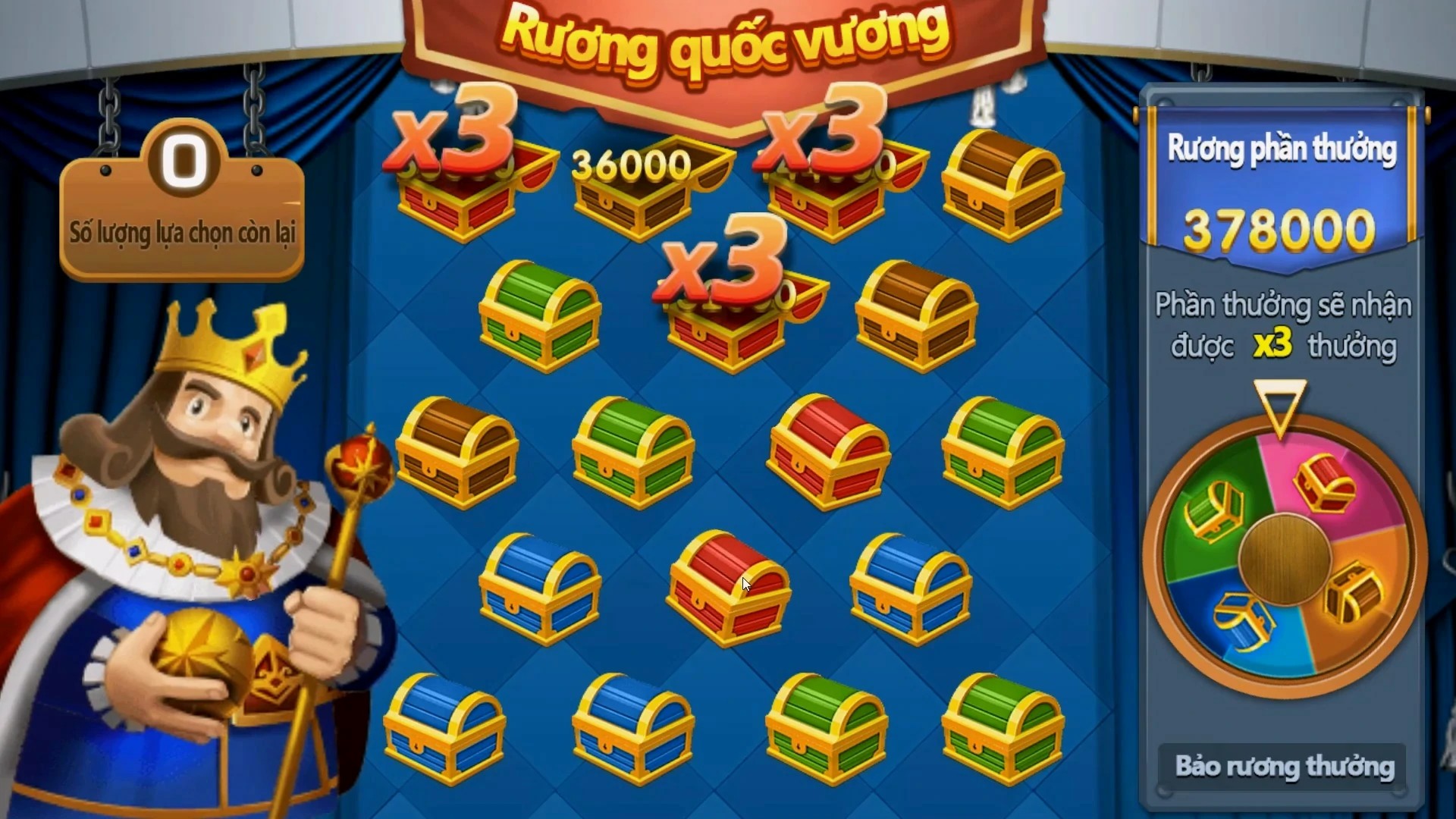Why Sandbox Indie Games Are Redefining Creativity in Gaming
In recent years, sandbox games have emerged as a unique pillar in the gaming industry, allowing players unparalleled freedom to create, explore, and develop their own narratives. Coupled with the innovation of indie games, this genre is redefining the creative landscape of gaming. This article explores how these games are changing perceptions, fostering creativity, and even addressing complex puzzles, such as those found in "Zelda: Tears of the Kingdom," specifically the water temple puzzles.
The Rise of Sandbox Indie Games
The marriage of sandbox and indie games has created a vibrant market characterized by creative freedom and player agency. Unlike mainstream titles developed by big studios, indie games offer a fresh perspective and explore unique themes often overlooked in traditional game development.
What Makes Sandbox Games Unique?
Sandbox games allow players to interact with the game world in myriad ways. Players can manipulate environments, create structures, and engage in behaviors that are often not restricted by the linear narratives found in typical games. This style encourages experimentation and innovation, leading to a unique gameplay experience.
Innovation through Indie Development
Indie developers often have smaller teams and budgets, which translates into more creative risk-taking. Unlike large companies bound by corporate mandates, indie creators are free to explore unconventional ideas. This freedom leads to groundbreaking mechanics and narratives, making sandbox indie games a foremost representation of gaming creativity.
Examples of Notable Sandbox Indie Games
- Terraria: A 2D sandbox adventure that brings the classic elements of crafting and exploration to life.
- Stardew Valley: This farm simulation game combines traditional farming mechanics with sandbox elements, allowing players to develop their farms and communities.
- Space Engineers: A space-based sandbox game that focuses on engineering and construction in a realistic environment.
The Creative Potential of Player Agency
One of the prominent features of sandbox indie games is player agency. Players aren't merely participants; they are co-creators of their gaming experience. This realization has led to innovative possibilities, where players design their levels, craft stories, and even develop unique gameplay mechanics.
Community and Collaboration
Sandbox games foster strong community engagement. Players share their creations online, leading to collaborative efforts that enhance creativity. Platforms such as Steam and itch.io serve as vital resources for players and developers alike, offering a space for sharing tips, tutorials, and user-generated content.
The Impact of Minecraft on Creative Gaming
Perhaps the most iconic sandbox game to date is Minecraft. Its influence is undeniable. The game has inspired countless players to express their creativity and has spawned a myriad of spin-offs and adaptations that have further fueled the sandbox genre.
Key Features Influenced by Minecraft
| Feature | Influence |
|---|---|
| Building Mechanics | Encouraged construction-based gameplay |
| Modding Community | Fostered user-generated content |
| Survival Elements | Incorporated challenge and resource management |
Puzzles and Challenges in Sandbox Games
An often-overlooked aspect of sandbox games is the potential for crafting intricate puzzles. "Zelda: Tears of the Kingdom" features numerous puzzles, such as the water temple puzzle, which challenges players to think creatively and critically within an expansive sandbox environment. This fusion of puzzles with sandbox mechanics offers a rich ground for players to solve challenges in innovative ways.
The Role of Narrative in Sandbox Indie Games
While sandbox games prioritize player choice and creativity, narrative still plays a significant role. Many indie developers weave compelling stories into their game worlds, prompting players to invest emotionally. This connection often enhances the gaming experience, making victories feel earned and losses more impactful.
Emotional Engagement through Game Design
Indie games often focus on emotional narratives, leading players on journeys filled with highs and lows. Games like Celeste demonstrate how gameplay mechanics can be intricately tied to emotional storytelling, creating a nuanced experience that resonates with players far beyond conventional gaming.
Future Trends in Sandbox Indie Games
As technology progresses, sandbox indie games are poised to become even more creative. Innovations like virtual reality (VR) and augmented reality (AR) are likely to augment how players interact with game worlds, introducing new dimensions of creativity. Imagine immersing yourself in a 3D sandbox world where your creations come to life through VR.
Potential Challenges for Developers
Despite their benefits, indie developers can face challenges such as funding, competition, and market saturation. As more creators enter the field, distinguishing one's product becomes imperative. However, this challenge also fosters creativity, pushing indie developers to innovate continuously.
Conclusion
Sandbox indie games are reshaping the gaming industry by redefining creativity, enabling players to express themselves in hundreds of unique ways. Through community engagement, collaboration, and daring innovation, these games illuminate a path forward in gaming that values player agency. The intersection of puzzles, narratives, and emotional engagement reinforces the sandbox genre's status as a creative powerhouse. As players embark on their adventures, they find themselves not just as gamers but as architects of their own stories, in a world where the only limit is their imagination.



